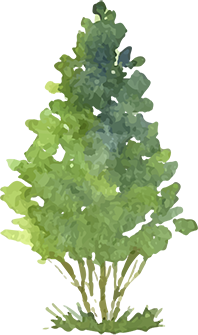Community Hub
Resources
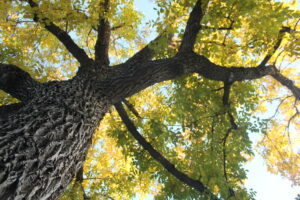
Best Trees for Denver
That’s right! The Park People has compiled our list of favorite trees to plant in Denver neighborhoods. These species are generally...

Approved Street Tree List
What is the Approved Street Tree List? Planting in the Right-of-Way or just looking for a great tree for your...
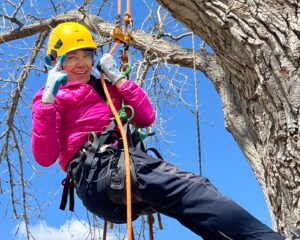
City of Denver Approved Arborists
Tree care is an art, a science, and a sport. It requires knowledge of pests, diseases, biology, anatomy, knots, safety,...
Denver Digs Trees: Low-canopy, Focus Neighborhoods
The Park People works across Denver to nurture a diverse, vibrant, and verdant urban forest. It’s essential to keep planting...

Tree Planting Guide
A tree is most vulnerable during its first few years after transplant. Support your young tree’s health and survival with...
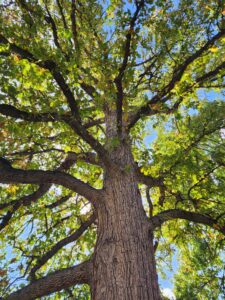
Caring for Maturing Trees
Urban foresters use the concept of PEGSMOR to understand the needs of a tree over its lifespan. PEGSMOR stands for...
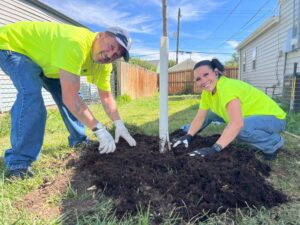
Caring for Newly Planted Trees
A tree is most vulnerable during its first few years after transplant. Support your young tree’s health and survival with...
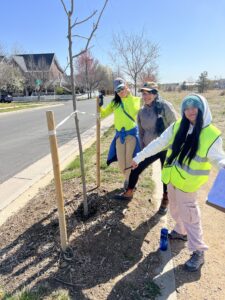
Tree Spacing Guidelines
Trees need room to grow. Your planting site(s) must meet the following spacing requirements: Medium to Large Trees: minimum thirty-five (35) feet...
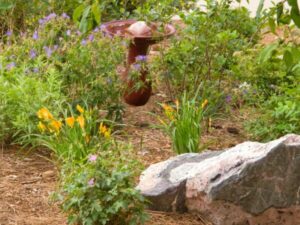
Turf Reduction
As climate change brings extreme heat and long periods of drought, outdoor water use and nonessential turf become water hogs,...

Trust for Public Land: Schoolyards
Over 28 million kids in America don’t have a park within a 10-minute walk of home. A solution is hiding...

It’s In Denver’s Nature
Sustaining Denver’s urban forest takes a city, and we are proud to work alongside the Denver Parks and Recreation. In 2023,...
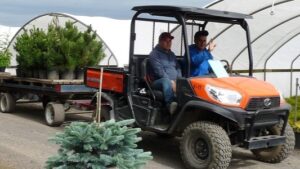
Front Range Tree Recommendations
This list was developed by a collaborative group of local experts and is intended to help folks select tree species...


